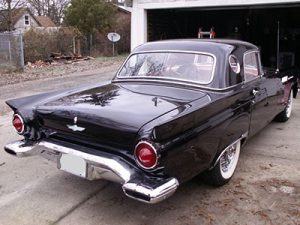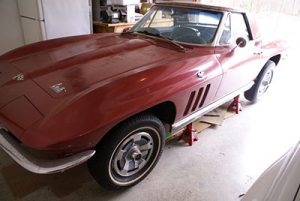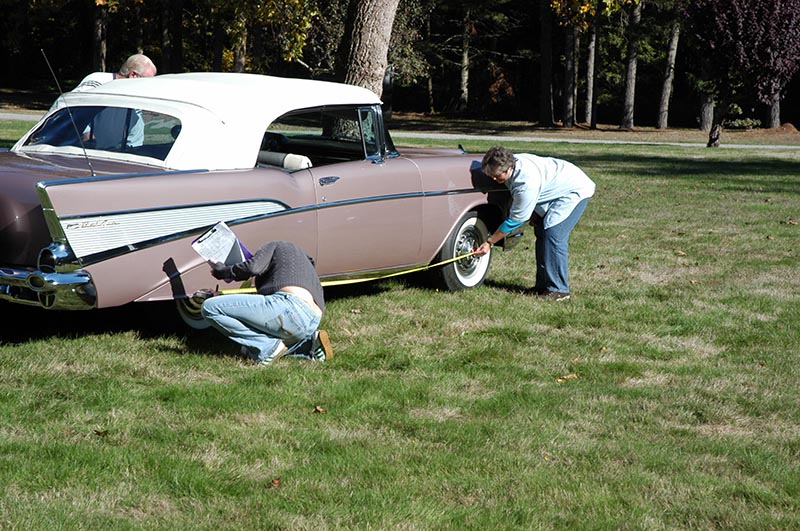
During the spring and summer most of us can hardly wait to get our classic cars out on the road again; summer is antique vehicle show, drive-in, and auction season; and even fall provides beautiful scenery for an afternoon drive. But when winter comes many antique vehicles go back into storage to protect them from harsh winter weather. Use these tips to keep your car gorgeous and ready to start up again in the spring:
Wash the Vehicle. Before putting your car into storage, it’s a good idea to wash and wax to help protect the vehicle. Washing removes any residue or contaminates that could damage the metal or paint while it’s waiting in storage, and your wax will help protect against temperature fluctuations. It also makes it easier to take the car out in the spring.
 If you happen to take your car out during winter, pay special attention to washing away any salt that may be splashed onto the vehicle. Even if the roads are clear of snow or slush, there can still be salt residue that can corrode the undercarriage and destroy your paint. Chrome can be especially susceptible to salt damage and can easily become pitted from salt corrosion.
If you happen to take your car out during winter, pay special attention to washing away any salt that may be splashed onto the vehicle. Even if the roads are clear of snow or slush, there can still be salt residue that can corrode the undercarriage and destroy your paint. Chrome can be especially susceptible to salt damage and can easily become pitted from salt corrosion.
Ensure Quality Cover. It’s best to store an antique vehicle in a climate-controlled environment, but if that’s not available to you a secure garage or building is a good option. A quality car cover that fits your vehicle correctly is recommended even when stored indoors. If you have to store the vehicle outdoors or under a carport, it’s even more important to have a high-quality cover that will protect the vehicle from rain, dust, and UV rays. If you have invested in a valuable vehicle, don’t protect your investment with a cheap cover that doesn’t fit correctly. A poorly fitted cover can blow off in wind, or may not cover the entire vehicle and protect it properly.
Treat The Leathers. In addition to washing the vehicle and keeping it covered, protect your vehicle by treating leather seats and accents. Dry winter air can cause leathers to dry out, crack, or become brittle. Cleaning and conditioning your leather before putting the car in storage ensures that it will look just as beautiful when you take it out in the spring. If you drive the car during the winter, make a point to clean the leather to remove any salt residue that may be in the car that could dry out the leather.

Protect The Tires. Jacking and blocking the vehicle during storage not only takes the strain off the suspension it also takes the pressure off the tires preventing flat spots. If that’s not an option for you, put carpet under the tires and inflate them to the maximum air pressure. Temperature fluctuations can cause the tires to lose air over time.
Fill The Fluids. Proper antifreeze is required year-round, so don’t forget to check the quality of your radiator fluid when preparing for winter. Fill the gas tank with the highest-octane fuel recommended for your automobile to prevent condensation buildup as temperatures change. If your vehicle will be exposed to frigid temperatures for days or weeks at a time, you can remove the battery and store it inside to extend its life or keep it on a trickle charger so it will be close if you want to periodically start the car.
To further protect your investment (and your favorite hobby), consider a vehicle appraisal from Auto Appraisal Group. Our value appraisals help establish the value of your vehicle to be used for insurance coverage, resale, taxes and more. Should winter weather drop a tree on your garage, your value appraisal will help protect your investment and get you the reimbursement you need to restore your vehicle as completely as possible. Call AAG Today!







